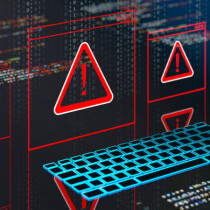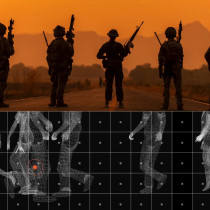Hobo Hotmail Scanner - Hotmail Exploit may have been patched
The Hobo Hotmail Scanner got very popular yesterday after theregister.com wrote an article on the in-famous scanner which soon sparked interest from every up-to-date news guroo who wants to see who their latest girlfriend is emailing.



































































